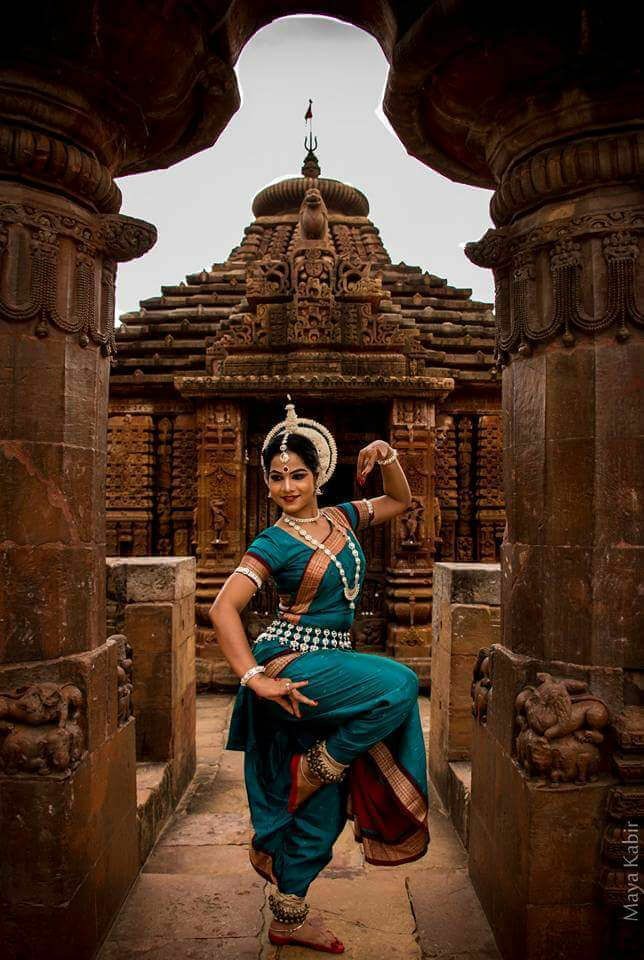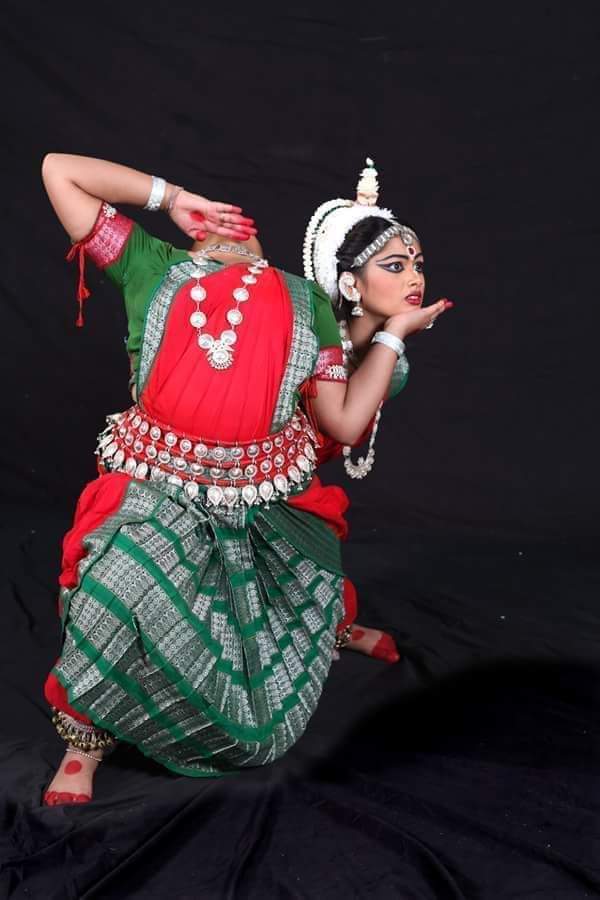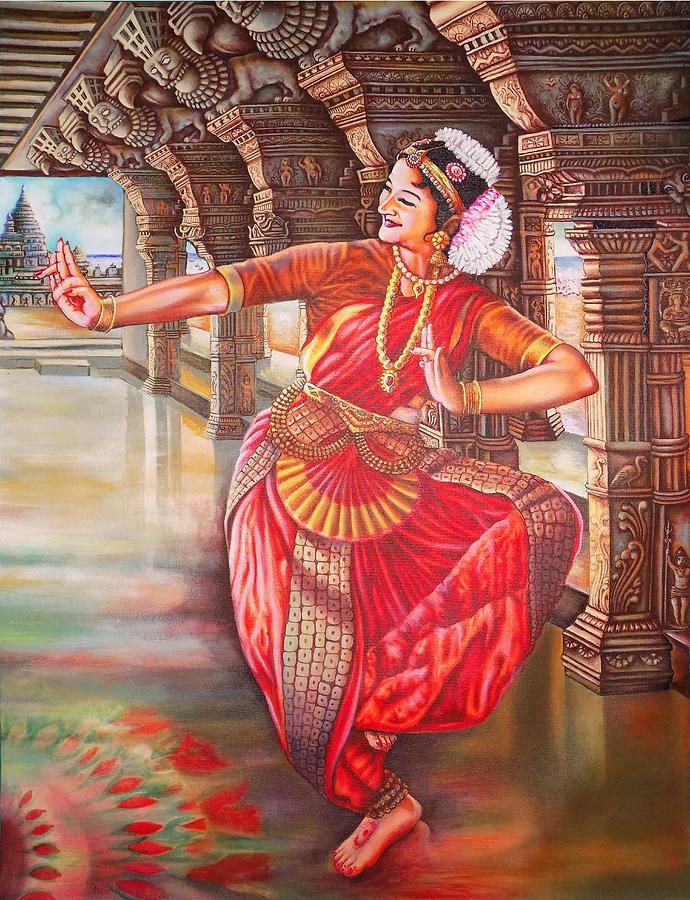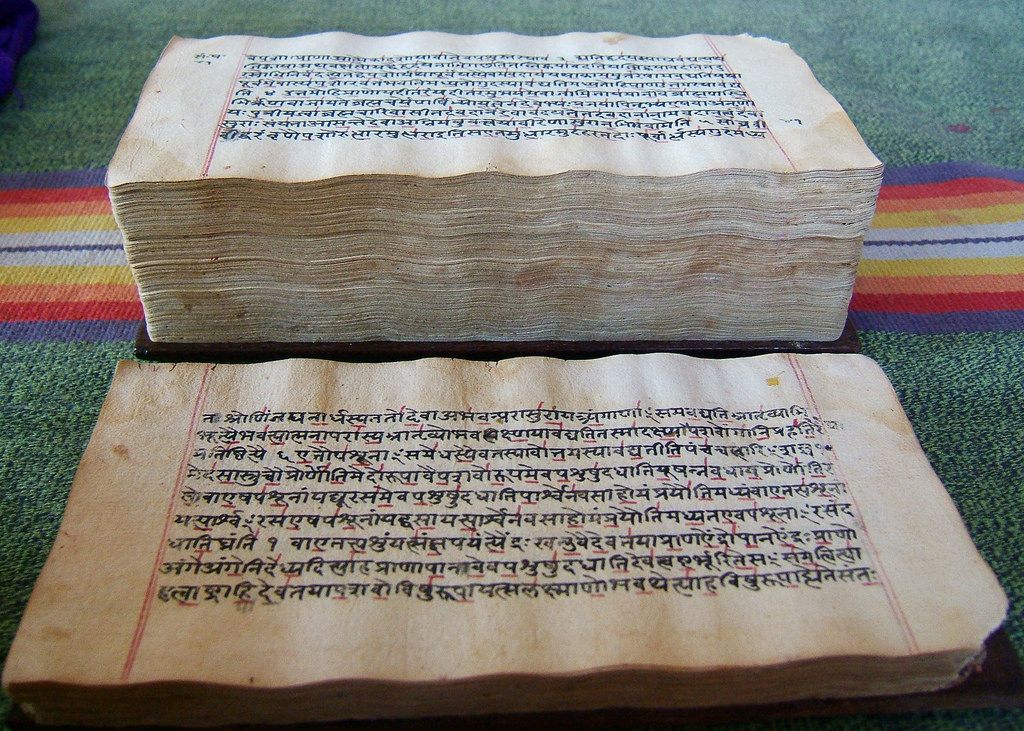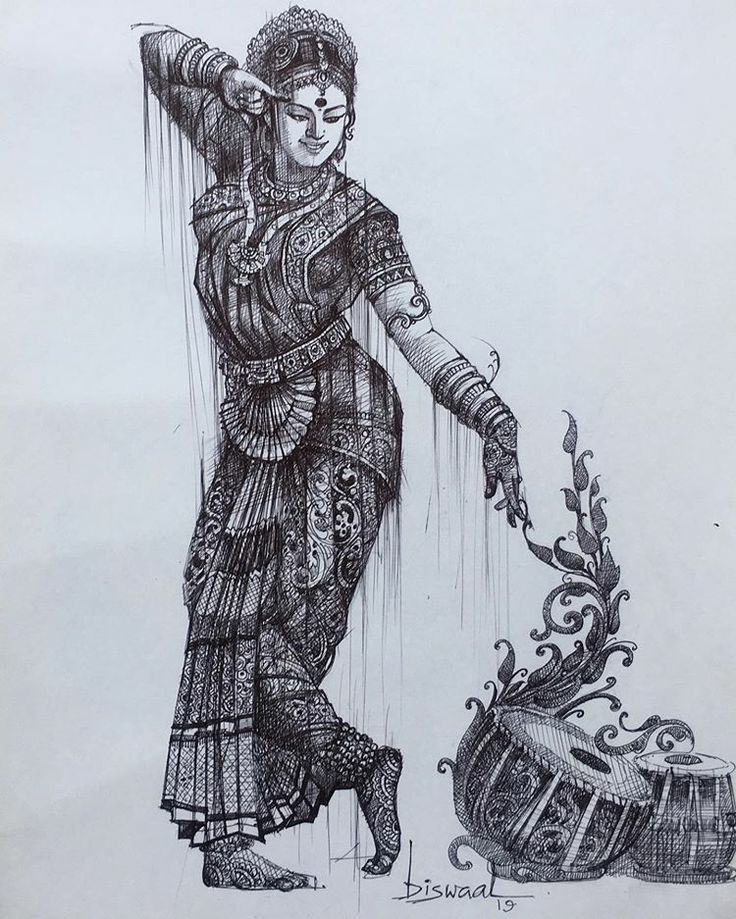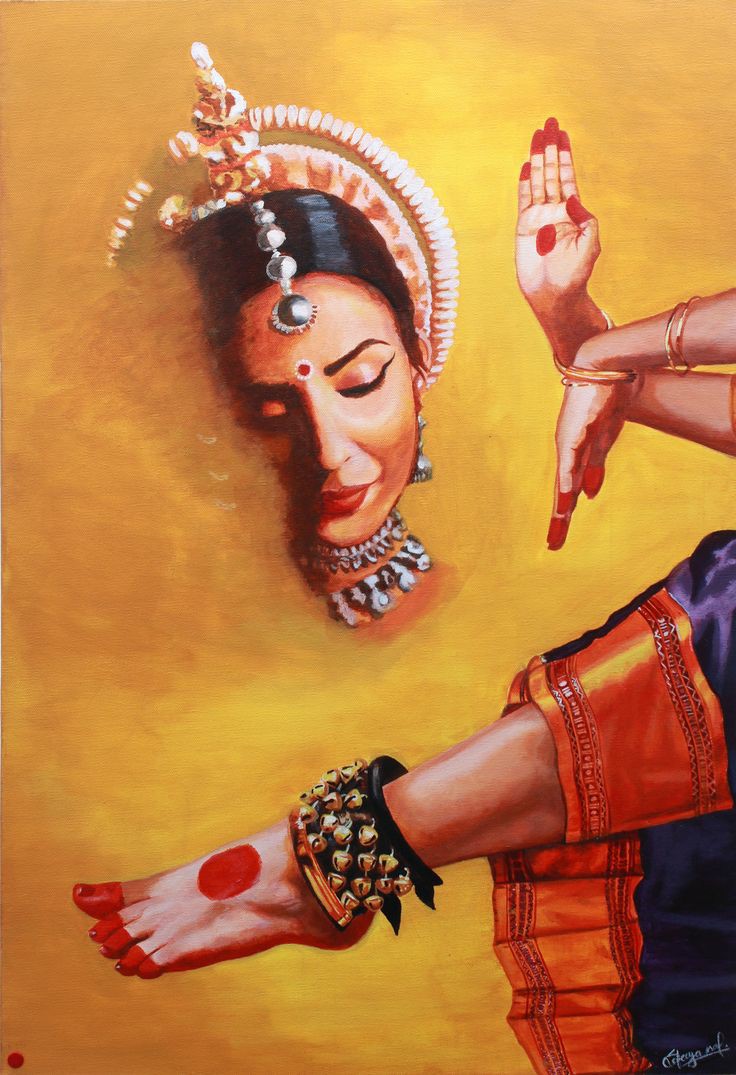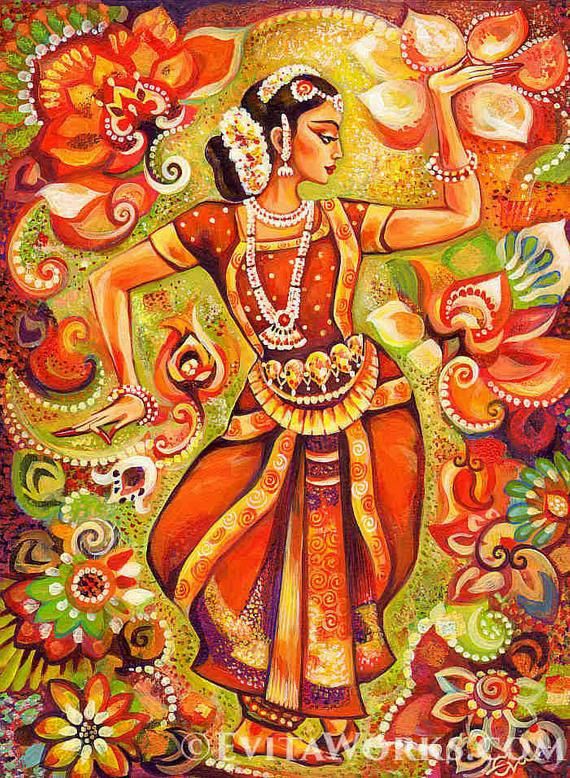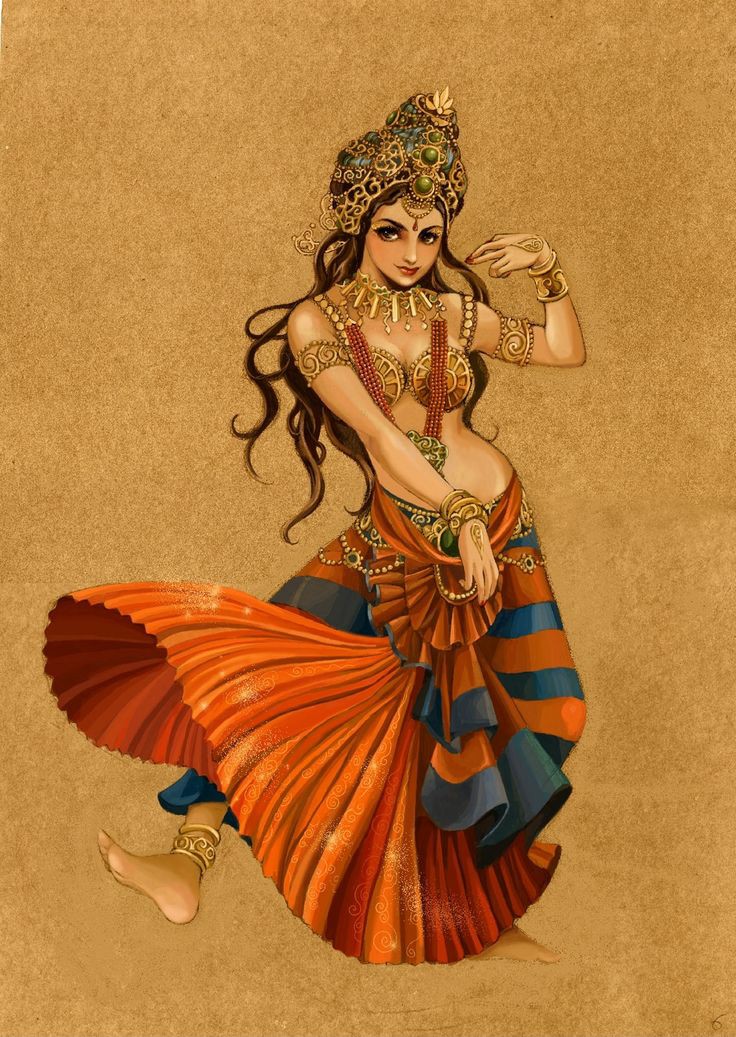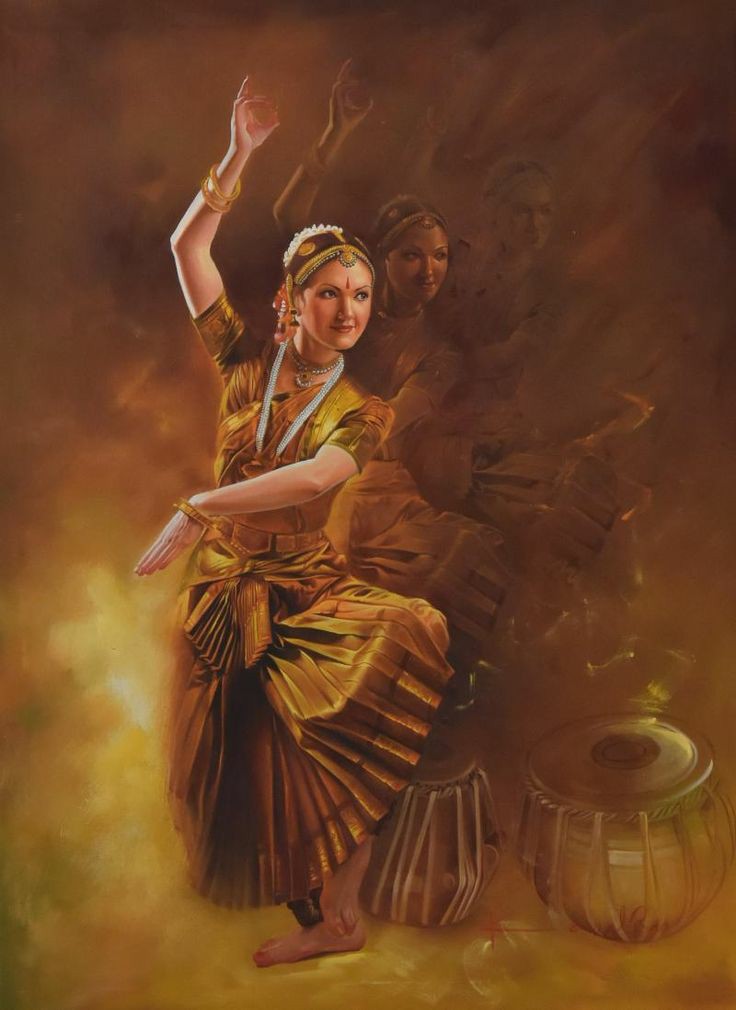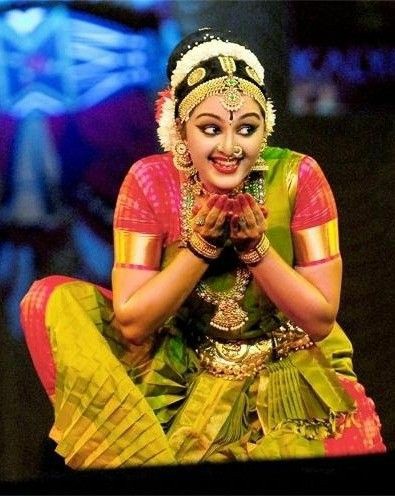#Thread
|| 𝙄𝙉𝘿𝙄𝘼𝙉 𝘾𝙇𝘼𝙎𝙎𝙄𝘾𝘼𝙇 𝘿𝘼𝙉𝘾𝙀 ||
Dance and music as ancient performing arts have always been a part of the life of Indian people. Our religious literature recognized dance as an important activity in the human search for Ishwara.
|| 𝙄𝙉𝘿𝙄𝘼𝙉 𝘾𝙇𝘼𝙎𝙎𝙄𝘾𝘼𝙇 𝘿𝘼𝙉𝘾𝙀 ||
Dance and music as ancient performing arts have always been a part of the life of Indian people. Our religious literature recognized dance as an important activity in the human search for Ishwara.
The relics of earliest civilization in India clearly demonstrate the importance of dance. In the later period too dance remained at the forefront of all the performing arts. We learn about it from the sculptures,
from the paintings, as also from numerous textual treatises on the art of dance.
There are two major dance forms in India i.e; classical and folk ,
In Indian literary tradition there is no derth of critical writings in art of dance .
There are two major dance forms in India i.e; classical and folk ,
In Indian literary tradition there is no derth of critical writings in art of dance .
Both at the level of theory and technique, the text provide most of the information on theory and technique of dance were given in the Book name NatyaShashtra composed by Bharat Muni
The theory of Indian dance is holistic in its exposition and cannot be understood in isolation,
The theory of Indian dance is holistic in its exposition and cannot be understood in isolation,
without taking into account the technique of the dance. At the level of the technique, the art of dance has to be comprehended
as an interesting synthesis the arts of sculpture, painting, music, and even literature. The dance texts do not deal with the technique in isolation of
as an interesting synthesis the arts of sculpture, painting, music, and even literature. The dance texts do not deal with the technique in isolation of
one or all of the above. All the treatises,
in fact, consider dance as one amongst many communication techniques. The Natyashastra thus states categorically, about dance, in the following words:
in fact, consider dance as one amongst many communication techniques. The Natyashastra thus states categorically, about dance, in the following words:
"This art will be enriched by the teachings of every scripture (shastra) and will give a review of all arts and crafts."
Let Natya ( Drama and Dance) be the fifth vedic scripture, combined with an epic story, tending to virtue, wealth, joy, and spiritual freedom, it must contain the significance of every scripture, and forward every art.
-NATYASHASHTA 1.14-15
-NATYASHASHTA 1.14-15
It mentions four pravrittis of ancient dance drama in vogue when it was composed-
- Avanti (Ujjain,Central)
-Dakshinatya (South)
-Panchali (North West)
-Odra- Magadhi ( East)
- Avanti (Ujjain,Central)
-Dakshinatya (South)
-Panchali (North West)
-Odra- Magadhi ( East)
It has two basic components:
-Tandava (movement and rhythm)
-Lasya (Grace,Bhava,Abhinaya &rasa)
Rasas are: Love, Heroism,Pathos,Humour, Anger, Fear, Disgust, Wonder & Peace!
-Tandava (movement and rhythm)
-Lasya (Grace,Bhava,Abhinaya &rasa)
Rasas are: Love, Heroism,Pathos,Humour, Anger, Fear, Disgust, Wonder & Peace!
It is divided into three distinct categories namely:
-Natya (corresponds to drama)
-Nritya (gestulation when it is performed to the words sung in a musical melody. )
- Nritta ( corresponds to the pure dancing, where the body movements do not express any bhava and don not convey
-Natya (corresponds to drama)
-Nritya (gestulation when it is performed to the words sung in a musical melody. )
- Nritta ( corresponds to the pure dancing, where the body movements do not express any bhava and don not convey
any meaning.
In Indian Classical Dances,the artists successfully express the spiritual ideas by paying attention to the aspects of a Performance.
-Angika (gestures and body language)
-Vachika ( song, recitation, music, rhythm)
-Aharya ( stage, setting, costume, makeup)
In Indian Classical Dances,the artists successfully express the spiritual ideas by paying attention to the aspects of a Performance.
-Angika (gestures and body language)
-Vachika ( song, recitation, music, rhythm)
-Aharya ( stage, setting, costume, makeup)
-Sattvika (artist mental deposition and emotional connection with the story and audience, wherein the artist's inner and outer resonates).
The terms are prevalent among practicing dancers, and we find that dancers from all the parts of our country
The terms are prevalent among practicing dancers, and we find that dancers from all the parts of our country
speak an identical language of basic technique, even though there may be serious variations in the interpretation.
Source: Some Books & Articles!

 Read on Twitter
Read on Twitter